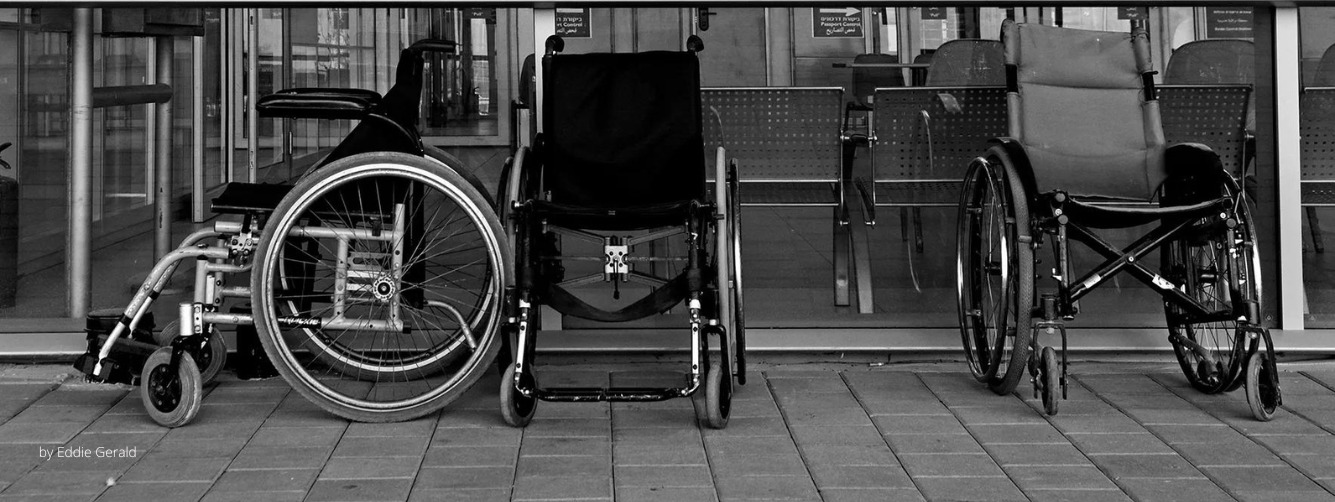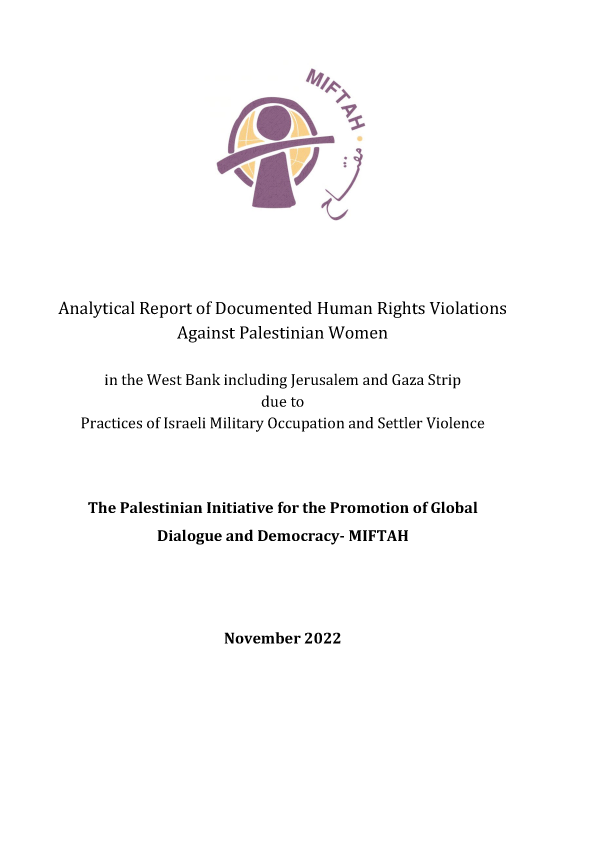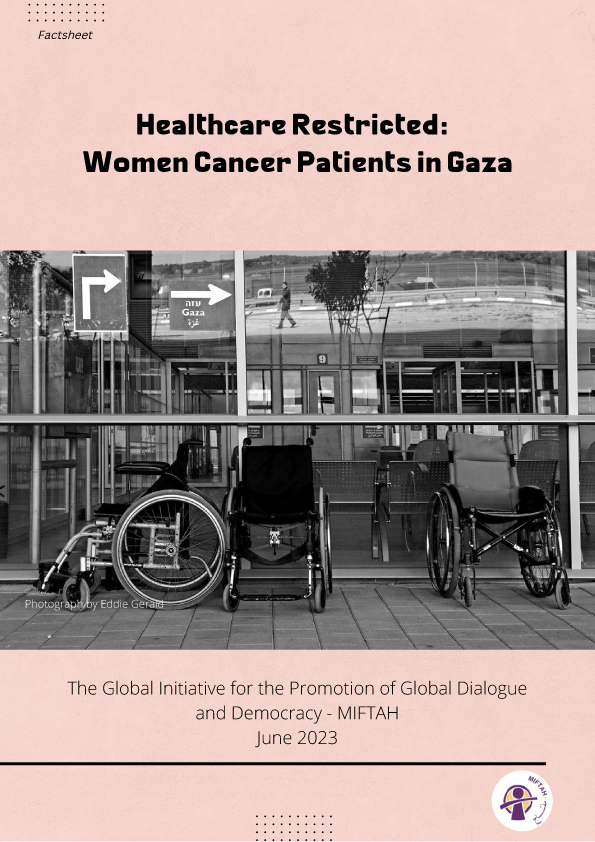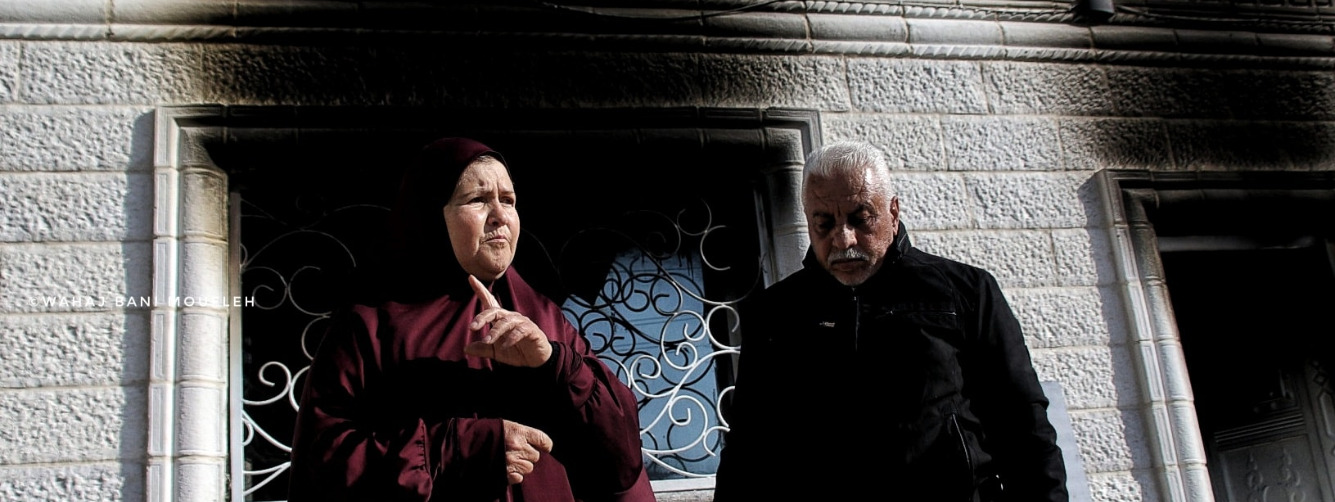“The Israeli Authorities are putting Palestinians in an Impossible Situation. Whatever Choice they make, they face homelessness”- Amnesty International.
Introduction:
- Since the occupation of the West Bank -including east Jerusalem- and the Gaza Strip in 1967, the government of the State of Israel has commenced in a policy of forced displacement of Palestinians.
- One of many measures of forced displacement utilised were house demolitions.
- According to B’Tselem, house demolitions persisted in the Gaza Strip from 1967 until the unilateral disengagement from Gaza in 2005, and commenced in the enforcement of a land, naval and air blockade.
- According to the UN, since the Hamas take over in 2007, Gaza has been subjected to 3 wars, in 2008/2009, 2012 and 2014 that rendered thousands of Palestinians displaced.
- According to the Office of Coordination of Humanitarian Affairs (OCHA), the 2014 war on Gaza led to the destruction or severe damage of the houses of 100,000 Palestinians, 65,000 of which remain displaced.
- House demolitions in the West Bank, including east Jerusalem, can be divided under two main categories: administrative demolitions and punitive demolitions.
- According to the Israeli Committee Against House Demolitions, 48,488 structures have been demolished by Israeli authorities since 1967.
- Palestinians are prohibited from rebuilding their houses on the same site, whether they were executed through administrative orders or as a punitive measure.
Administrative House Demolitions
- Administrative house demolitions primarily take place in Area “C”, comprising 60% of the West Bank and 241 communities, and east Jerusalem.
- Administrative house demolitions are those undertaken under the pretext of the lack of necessary building permits that are very difficult to obtain.
- According to B’Tselem, Palestinians residing in Area “C” in the West Bank are priori prohibited from building on 70% of the land in light of the designation of the land into these overlapping categories:
- 36.5% of the land as “state land”
- 20% as survey land
- 63% of the land under the jurisdiction of the settlements’ local and regional councils.
- Even in the remaining 30%, severe restrictions are imposed on the granting of building permits, such that only 1% of Area “C” has been planned for construction. During the first half of 2016, of 428 applications submitted for building permits, 391 (91%) were rejected.
- To date, according to OCHA, 110 local outline plans for 119 communities have been prepared. However, as of the end of 2016, only 3 plans have been approved by the Israeli Civil Administration out of the 95 submitted.
- According to OCHA, between 2010 and 2016, the number of demolished structures in Area “C” reached 4,039, leading to the effective displacement of 6,084 Palestinians.
- The Israeli United Jerusalem Town Planning Scheme, the planning and construction blue print of the Jerusalem Municipality, allocates and categorises land in east Jerusalem as follows:
- 35% of the land was confiscated for “public purposes,” mostly for the construction of settlements.
- 22% was designated as green land.
- 30% remains unplanned.
This only leaves 13% for construction, much of which is already built up.
- According to the Civic Coalition for Palestinian Rights in Jerusalem and Al-Shabaka, the application process to acquire building permits is complicated and expensive, as follows:
- The process can take 5 to 10 years.
- The requirements to obtain building permits include an adequate road system, parking spaces, and sanitation and sewage networks –elements over which Palestinians do not have control.
- The process costs approximately $30,000.
- According to the society of St. Ives, only 7% of the building permits issued in the past few years was granted to Palestinians and only 5% of Palestinian applications were granted.
- Consequently, Palestinians are forced to build or expand their houses illegally. As such, according to BADIL, it is estimated that at least 33% of all Palestinian homes in east Jerusalem lack building permits, placing over 90,000 individuals at risk of displacement.
- According to the Palestinian Central Bureau of Statistics, the year 2016 witnessed the demolition of 645 housing units and facilities, rendering at least 2,180 Palestinians forcibly displaced, 1,108 of which were minors.
- According to B’Tselem, at least 696 housing units have been demolished between 2004 and 2017, rendering 2,552 persons homeless, 1,389 of which are minors.
- According to OCHA, 652 structures have been demolished between 2010 and 2016, rendering 1,157 persons forcibly displaced.
Punitive House Demolitions
- Punitive house demolitions are those targeting the family homes of perpetrators of attacks against Israelis, including those killed during the attacks.
- This measure has been used as deterrence since 1967. In February 2005, the various Israeli authorities involved in house demolitions (Civil Administration, Ministry of Interior and Jerusalem Municipality) ceased to utilise this procedure in light of the findings of the report of the Shani committee, which stated that their deterrence efficiency was questionable.
- However, since June 2014 the utilisation of the procedure has resumed, when three settlers were allegedly kidnapped and killed.
- According to OCHA, 682 punitive demolitions have taken place from 1967 to 2005 and from June 2014 onwards. 57 structures have been demolished since June 2014, leaving 332 homeless, 182 (54.8%) of which were minors.
International Legal Framework Prohibiting House Demolitions
- Administrative and punitive house demolitions violate Article 11 of the International Covenant on Economic, Social and Cultural Rights (ICESCR) on an adequate standard of living, including housing.
- While the applicability of international human rights law, including ICESCR, is said to be disputed by some legal scholars, the International Court of Justice iterated in its ruling on the Wall in 2004 in paragraph 112 that the ICESCR applies to the occupied Palestinian territory.
- In accordance with Article 42 of the Hague Regulations of 1907, the occupation of the West Bank, including the annexation of east Jerusalem amounts to an occupation, since the territory was placed under the authority of the hostile army.
- Therefore, the Geneva Conventions of 1949 apply in accordance with common Article 2(2) that sets the scope of the conventions to include partial and total occupation.
- Administrative and punitive house demolitions are in violation of several Articles of the “IV Geneva Convention Relative to the Protection of Civilian Persons in Time of War on 12 August 1949,” as follows:
- Article 33 on individual responsibility, collective penalties, pillage and reprisals, renders punitive house demolitions illegal in light of its prohibition of collective punishment.
- Administrative and punitive house demolitions are as well illegal measures in light of the prohibition of Article 49 of individual and mass forcible transfer.
- Administrative and punitive house demolitions are further rendered illegal due to the prohibition in Article 53 of destruction of personal property.
- Administrative and punitive house demolitions are also in violation of the Rome Statute of the International Criminal Court, and amounts to a crime against humanity (Article 7) and war crimes (Article 8), as follows:
- Article 7(1)(d) states that “deportation or forcible transfer of a population” is a prohibited act that amounts to a crime against humanity.
- Article 8(2)(iv) states that “extensive destruction and appropriation of property, not justified by military necessity and carried out unlawfully and wantonly” is a prohibited act that amounts to a war crime.
- Article 8(2)(vii) states that “unlawful deportation or transfer or unlawful confinement” is a prohibited act that amounts to a war crime.
- Each of the aforementioned prohibited acts contains several elements of crimes that encompass the contextual element and characteristics of the act:
- The contextual element of crimes against humanity is the act being systematic and/or widespread and pursuant of a state policy.
- The contextual element of war crimes is an international armed conflict.
- Since the individual elements of crime of the three aforementioned prohibited acts are fulfilled through ample evidence generated through documentation of violations over the past decades, the realms of international criminal justice could prove to be the optimal medium for accountability.
To View the Full Factsheet as PDF
Read More...
By: MIFTAH
Date: 07/06/2023
By: MIFTAH
Date: 17/05/2023
By: MIFTAH
Date: 26/04/2023








